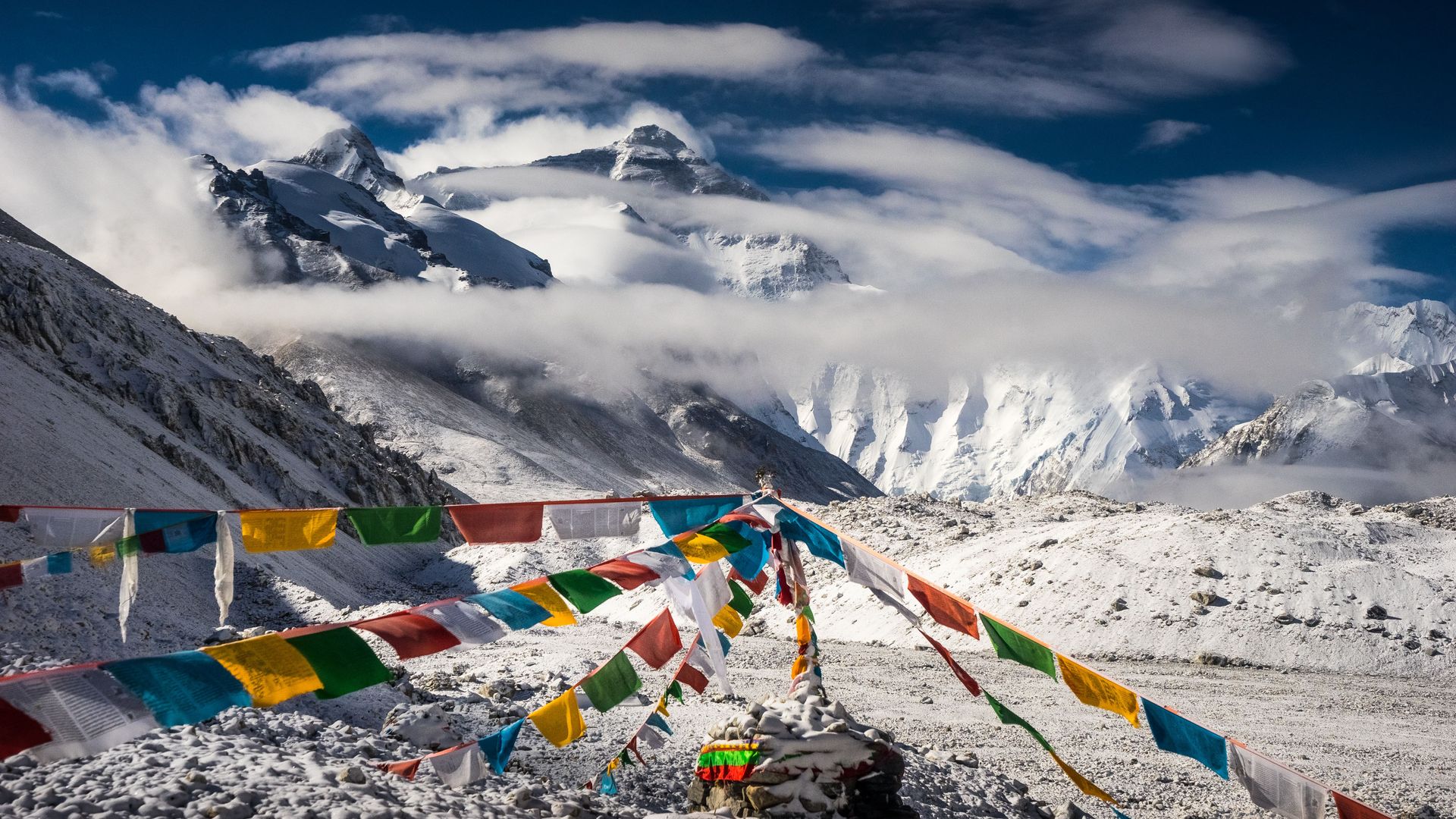Indian Prime Minister Narendra Modi heads to Nepal on Friday intent on keeping the small South Asian country away from China’s grasp.
The big picture: Nepal is located between the two Asian giants. It has historically been closer to India, a fellow Hindu-majority country with which it shares deep cultural and economic ties. But India is worried that Chinese investment is causing its neighbor’s loyalties to shift.
Nepal’s economic livelihood depends on Indian exports, tourism and remittances from its citizens working in India, says Shailesh Kumar, Asia director for the Eurasia Group. The Nepali rupee is also pegged to the Indian one.
- But Nepal has felt overwhelmed by Indian influence. After the 2015 Nepali earthquake, India implemented an unofficial blockade of supplies during a time of dire need to protest Nepal’s treatment of its ethnically-Indian citizens.
- China, meanwhile, has made big-ticket offers to build roads and dams in Nepal without conditions based on Nepal’s domestic politics. Every south Asian country needs infrastructure, Kumar says, but Nepal is desperate for it.
- While campaigning, Nepali Prime Minister K.P. Oli espoused pro-China views, vowing to restarted stalled Chinese projects, but since taking power he has shown a willingness to cooperate with India, says Kumar.
Timing: Modi’s trip to Nepal comes after Oli visited India last month and Modi himself went to China to meet with Xi just a few weeks ago.
What to watch: “Modi needs to make sure any drift that has been taking place ends,” and he’ll do that by offering greater Indian financing of and investment in Nepali infrastructure projects, Kumar says.
Go deeper: Nepal is just one of the flash points in the India–China rivalry

